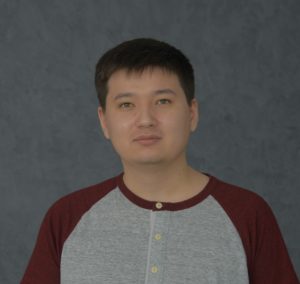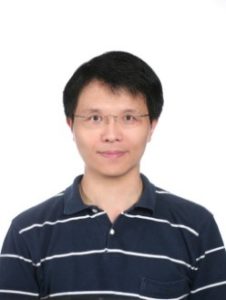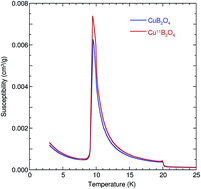Below is a list of papers retracted in connection with what we believe is a paper mill. Please see http://rsc.li/paper-mill-response for more information.
1. https://doi.org/10.1039/D1RA90011K
2. https://doi.org/10.1039/D1RA90018H
3. https://doi.org/10.1039/D1RA90019F
4. https://doi.org/10.1039/D1RA90023D
5. https://doi.org/10.1039/D1RA90020J
6. https://doi.org/10.1039/D1RA90015C
7. https://doi.org/10.1039/D1RA90013G
8. https://doi.org/10.1039/D1RA90006D
9. https://doi.org/10.1039/D1RA90007B
10. https://doi.org/10.1039/D1RA90010B
11. https://doi.org/10.1039/D1RA90008K
12. https://doi.org/10.1039/D1RA90012A
13. https://doi.org/10.1039/D1RA90014E
14. https://doi.org/10.1039/D1RA90016A
15. https://doi.org/10.1039/D1RA90017J
16. https://doi.org/10.1039/D1RA90021H
17. https://doi.org/10.1039/D1RA90022F
18. https://doi.org/10.1039/D1RA90024B
19. https://doi.org/10.1039/D1RA90025K
20. https://doi.org/10.1039/D1RA90026A
21. https://doi.org/10.1039/D1RA90027G
22. https://doi.org/10.1039/D1RA90028E
23. https://doi.org/10.1039/D1RA90030G
24. https://doi.org/10.1039/D1RA90031E
25. https://doi.org/10.1039/D1RA90046C
26. https://doi.org/10.1039/D1RA90033A
27. https://doi.org/10.1039/D1RA90034J
28. https://doi.org/10.1039/D1RA90035H
29. https://doi.org/10.1039/D1RA90032C
30. https://doi.org/10.1039/D1RA90036F
31. https://doi.org/10.1039/D1RA90037D
32. https://doi.org/10.1039/D1RA90038B
33. https://doi.org/10.1039/D1RA90039K
34. https://doi.org/10.1039/D1RA90040D
35. https://doi.org/10.1039/D1RA90047A
36. https://doi.org/10.1039/D1RA90048J
37. https://doi.org/10.1039/D1RA90049H
38. https://doi.org/10.1039/D1RA90050A
39. https://doi.org/10.1039/D1RA90051J
40. https://doi.org/10.1039/D1RA90052H
41. https://doi.org/10.1039/D1RA90041B
42. https://doi.org/10.1039/D1RA90042K
43. https://doi.org/10.1039/D1RA90043A
44. https://doi.org/10.1039/D1RA90044G
45. https://doi.org/10.1039/D1RA90045E
46. https://doi.org/10.1039/D1RA90054D
47. https://doi.org/10.1039/D1RA90055B
48. https://doi.org/10.1039/D1RA90056K
49. https://doi.org/10.1039/D1RA90057A
50. https://doi.org/10.1039/D1RA90058G
51. https://doi.org/10.1039/D1RA90059E
52. https://doi.org/10.1039/D1RA90060A
53. https://doi.org/10.1039/D1RA90061G
54. https://doi.org/10.1039/D1RA90062E
55. https://doi.org/10.1039/D1RA90063C
56. https://doi.org/10.1039/D1RA90064A
57. https://doi.org/10.1039/D1RA90065J
58. https://doi.org/10.1039/D1RA90071D
59. https://doi.org/10.1039/D1RA90072B
60. https://doi.org/10.1039/D1RA90073K
61. https://doi.org/10.1039/D1RA90074A
62. https://doi.org/10.1039/D1RA90075G
63. https://doi.org/10.1039/D1RA90076E
64. https://doi.org/10.1039/D1RA90066H
65. https://doi.org/10.1039/D1RA90067F
66. https://doi.org/10.1039/D1RA90068D
67. https://doi.org/10.1039/D1RA90069B
68. https://doi.org/10.1039/D1RA90070F
69. https://doi.org/10.1039/D1FO90004H
70. https://doi.org/10.1039/D1MD90001C
The associated Editorial published in RSC Advances can be found at the following url: https://doi.org/10.1039/D1RA90009A

















